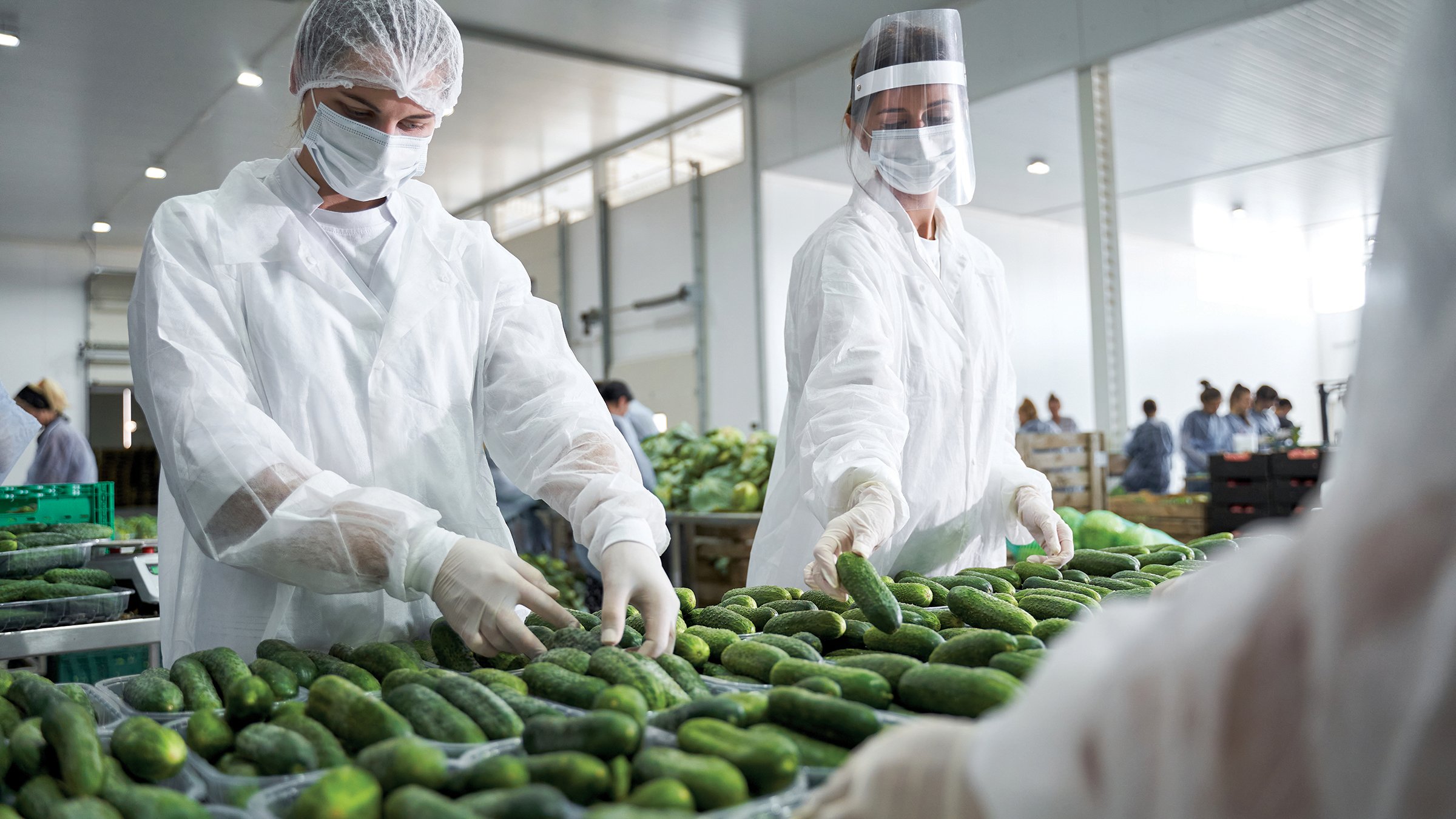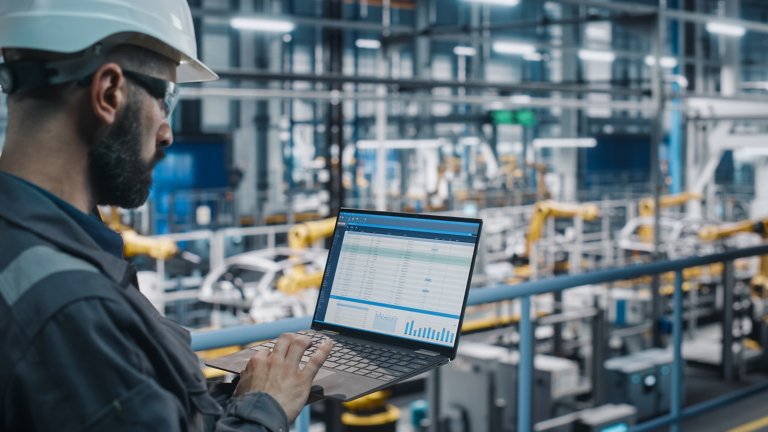By Emily Lu, Marketing and Communication Manager, Hermary
Every industrial revolution in history has changed the world and the way we manufacture goods. The first industrial revolution introduced water and steam-powered machines that facilitated the mass production of goods. The use of electricity defined the second revolution by powering production lines and extending operating hours.
The development of electronics, computers and programmable logic controllers (PLCs) in the third industrial revolution gave rise to automated production lines and processes.
In the fourth industrial revolution, Industry 4.0, cyber-physical systems are optimizing manufacturing automation with enhanced data and machine learning.
As more businesses work to achieve higher productivity with better quality control, they’re also looking for ways to slash unscheduled downtime. Piecemeal technological investments will no longer be sufficient to thrive in Industry 4.0, also known as smart manufacturing or digital transformation. A network of connected machines with real-time monitoring is the key to sustainable success.
With digital transformation increasingly relying more on machine learning, machine vision technology can play a key role in capturing the physical world and transforming it into networked, digital data. This data can be analyzed and processed in real time to help improve productivity, maintain quality standards and reduce waste so manufacturers can boost operational efficiency in continuous improvement.


